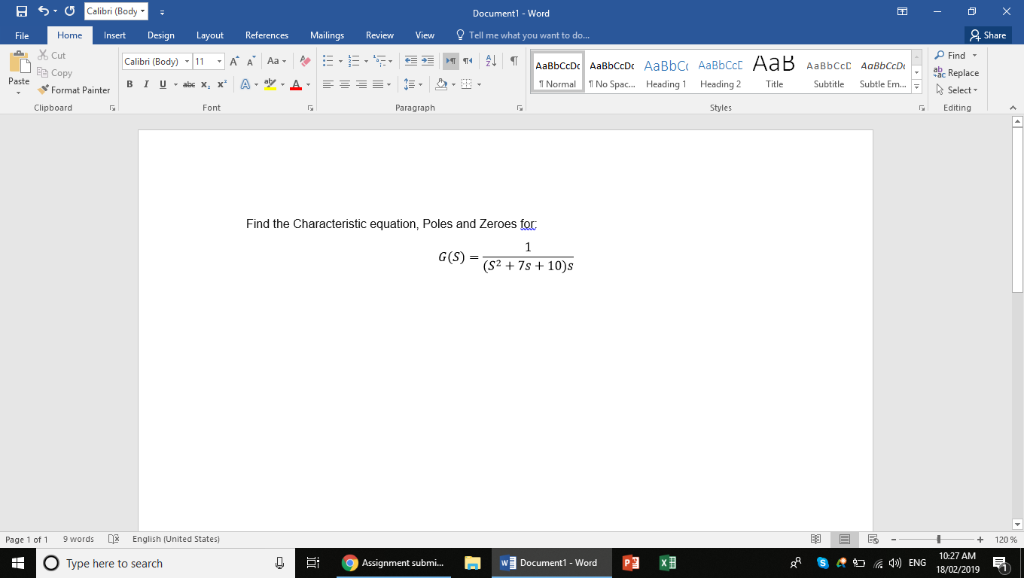


Calibri is a modern sans serif family with subtle roundings on stems and corners. It features real italics, small caps, and multiple numeral sets. Its proportions allow high impact in tightly set lines of big and small text alike. Calibri's many curves and the new rasteriser team up in bigger sizes to reveal a warm and soft character. W2016 is more sensitive to font problems than previous versions. Try defining another font as default—anything except Calibri or Arial (since they are participants in your current problem) or Times New Roman (users have had problems with this font). Then check if the behavior is similar to what you are experiencing now. Most spreadsheet software comes with a default font pre-selected. For example, Microsoft Excel worksheets always start with the Calibri font set at size 11. For Excel on a Mac, the default is Body Font (Calibri) in size 12. You do have the option to change the font to whatever style, size, and color you like. Calibri is a modern sans serif family with subtle roundings on stems and corners. It features real italics, small caps, and multiple numeral sets. Its proportions allow high impact in tightly set lines of big and small text alike. Calibri's many curves and the new rasteriser team up in bigger sizes to reveal a warm and soft character.
Calibri Body Font Download Windows 10
